INFORMATION CENTER
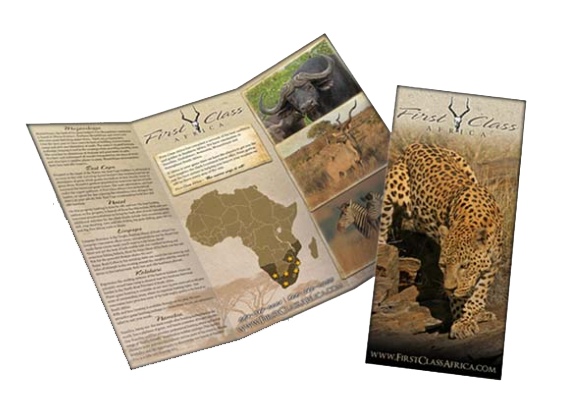
Tree of Life
Evolution and Ecology
Conservation Efforts
Geological Time Scale
My favorite Podcasts
My favorite Species
Link back to me?
or go back home
ANIMAL OF THE WEEK
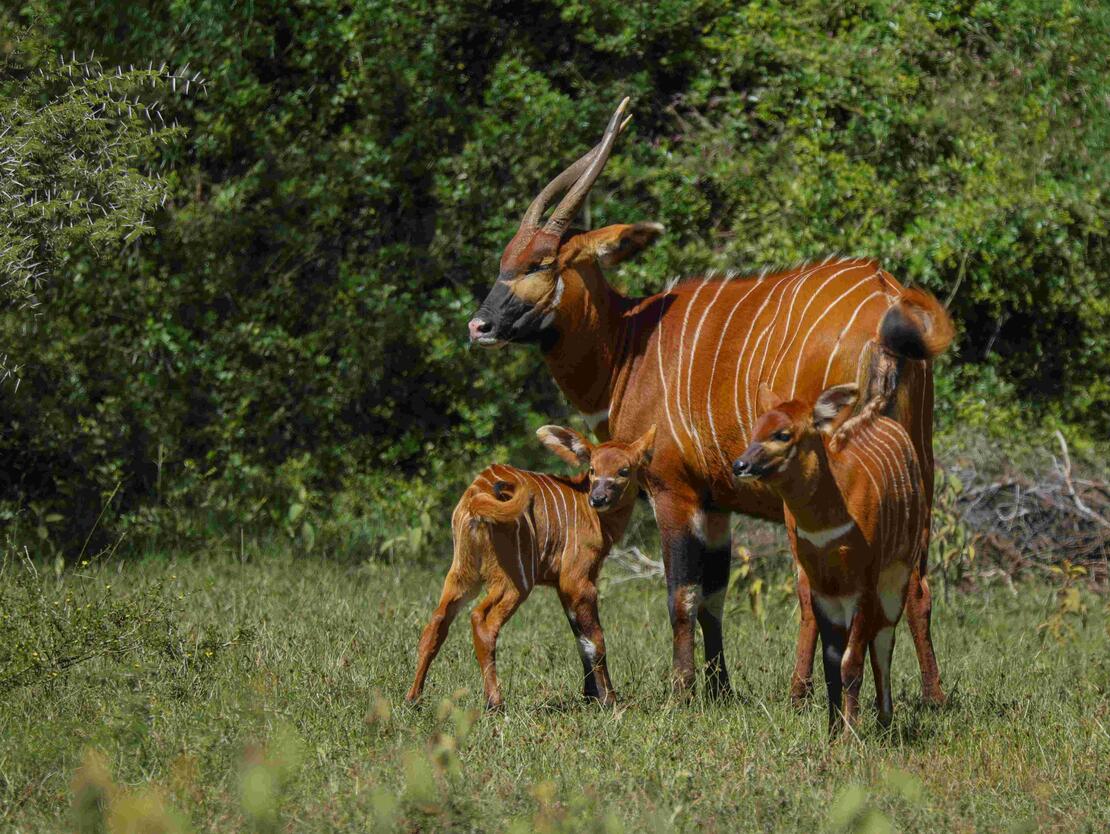
Species List
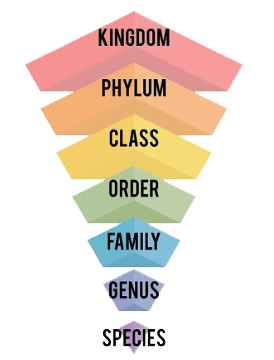
Animal species
Plant species
Fungi species
Tragelaphus eurycerus
also known as the Bongo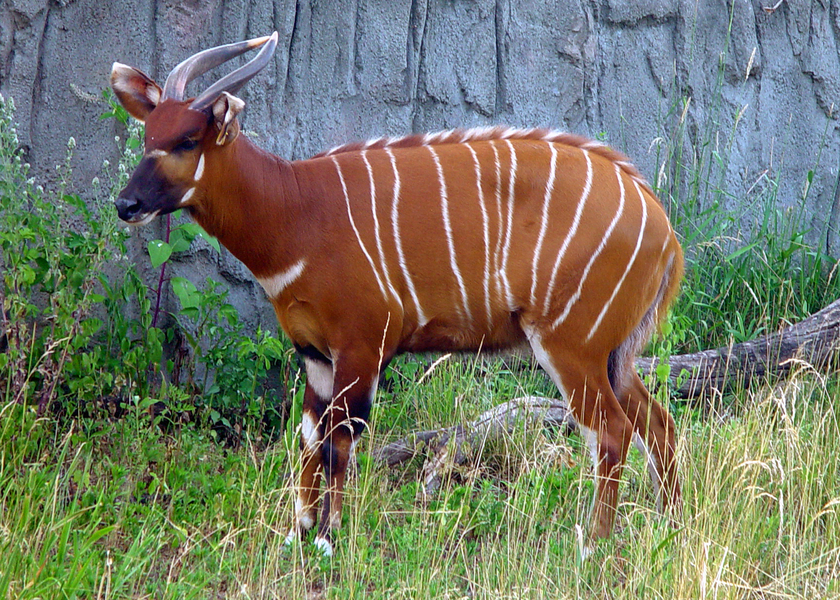 Phylum: Chordata
Phylum: ChordataClass: Mammalia
Family: Bovidae
Genus: Tragelaphus
Habitat Regions: West Africa
Terrestrial Biomes: rainforest, scrub forest, mountains
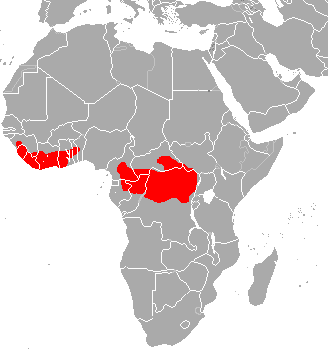
Bongos are a member of the Bovidae family, sharing lineage with other even toed ungulates like cattle, antelopes and goats. Their natural habitat is located in the lowland forests of West Africa from Ethiopia to Sudan. They're usually found in shrubs and bushy areas, as they heavily rely on it for cover and food. They are one of the largest and most vibrant of African antelopes and exhibit sexual dimorphism, with both sexes sporting long spiraling horns. Bongos have a lifespan of about 8 years in the wild.
IUCN has them classified as Near Threatened as of 2016 with approximately 15,000-30,000 lowland individuals and only 100-140 mountain
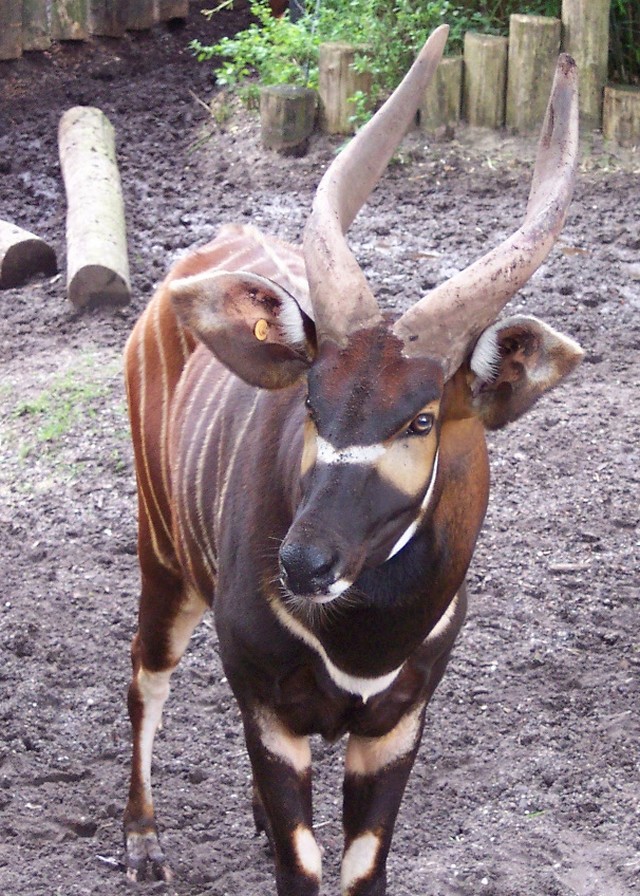 individuals left on the planet with a steady decrease of mature adults.
individuals left on the planet with a steady decrease of mature adults.
Like most forest ungulates, bongos are herbivorous browsers with a diet mostly consisting of leaves, bark and grasses. From time to time they are known to consume burnt wood after a storm for salt and minerals, observed also in the okapi.
They are suseptible to diseases such as rinderpest which almost exterminated the species in the 1890s.
There are several breeding programs in zoos across the world to help recover genetic diversity within the species should its numbers continue to decrease. Along with the Rothschild's giraffe, the bongo is one of the most threatened large mammals of the African bush.
Another fun fact is that this species is mostly nocturnal and is the only tragelaphid in which both sexes have horns.